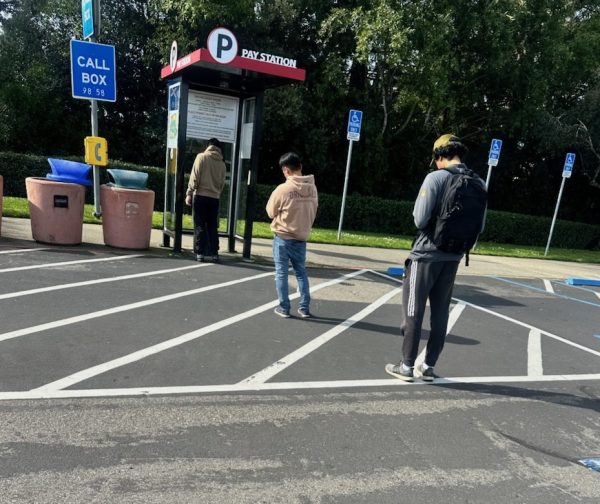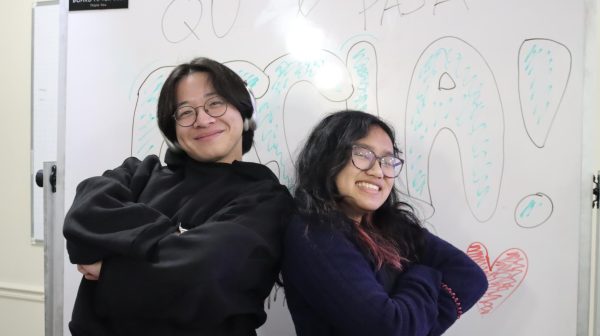Hispanic, low-income students receive funds
Cal State East Bay was awarded a $2.6 million grant, last month, through the Hispanic Serving Institution Program, a national organization created to help universities with high percentages of Hispanic and low-income student populations.
To be considered a Hispanic Serving Institution, a university needs to have at least 25 percent hispanic full-time undergraduates enrollment by the end of the award year and at least half of the institution’s students must be low income, according to Title III of the Higher Education Act of 1965. The current Hispanic population at CSUEB is roughly 30 percent, up from 23 percent in 2013. CSUEB is the first university in the region to be awarded this grant. Only 96 institutions were selected for the HSI grant in the nation out of thousands of people that applied.
Gustavo Vasquez is the first one in his family to attend college. He works two jobs: one to help support his mother and the other to help himself. Every year he is forced to take out student loans to fund his education.
Vasquez, a junior at CSUEB, tries to balance the responsibilities that come with being a low income first generation student and attending school that is far away from family.[/mks_pullquote][mks_pullquote align=”right” width=”300″ size=”24″ bg_color=”#c7e0ed” txt_color=”#212121″]A lot of students are not only supporting their families financially, but they are the primary breadwinners that support their parents, siblings and often their grandparents[/mks_pullquote]
“A lot of students are not only supporting their families financially, but they are the primary breadwinners that support their parents, siblings and often their grandparents,” said Melissa Cervantez, “Gaining Access ‘N Academic Success,” GANAS, program coordinator at CSUEB.
According to the GANAS website, the program helps Latino and Hispanic students with the transition from community college to CSUEB.
The $2.6 million will be distributed over a five-year period and will amount to $520,000 each year, according to Diana Balgas, director of assessment for student affairs at CSUEB and co-principal investigator for the grant.
“This grant is for any student underserved, there is no ethnicity attached to low-income,” Balgas said.
The grant will be used to fund summer academies that will target low-income second year students. The summer program will provide peer mentoring, financial literacy courses, both an online and in class learning community where students will be provided with tools to help them make it through college.
“I was walking through the financial aid department and I heard someone tell a student ‘we didn’t bring you here so you can buy shoes’,” said Dianne Rush Woods, Diversity officer at CSUEB said. “The funds will help provide mentors who will say, here is [a] lesson to be learned, and I’m here to support you.”
Most low-income students have never received large sums of money, so budgeting financial aid distributions can be a challenge. They are also often the first generation to attend college in their families, so they can’t go to their parents for the type of guidance they would need, Rush Woods said.
“Part of our job is to help students find that balance when they find themselves stuck,” said Balgas.
The grant will fund campus mentors that can help students like Vasquez in difficult times.
“We have a rich freshman experience, but what happens then?” asked Rush Woods. “So folks aren’t feeling less supported, we build a community where students are able to grow and transform through support mentorship that will help them feel as the fabric of institution.”
CSUEB President Leroy M. Morishita and his team had to choose between the HSI grant and the Asian American Serving Institution grant, because federal law prohibits any large university from accepting multiple “Serving Institution” grants.
Students at CSUEB can expect to see the summer academies and peer mentor programs in 2016.







